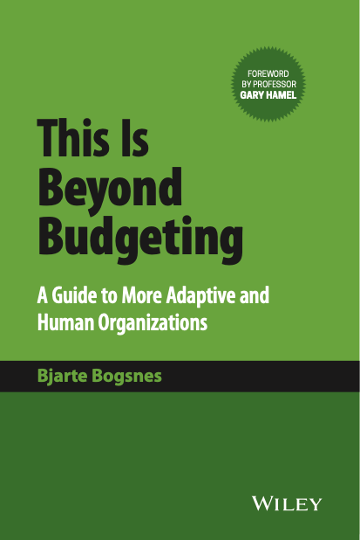Once, when stuck in traffic between the airport and home, glacially moving from one red-traffic light to another, I found myself reflecting on the parallels between managing organisations and managing traffic.
You can tell it was a long journey.
At the latest, interminable stop, the thought occurred to me that managing organisations and managing traffic share a common purpose, namely, good performance.
In traffic, good performance means achieving a safe and good flow of the vehicles, especially where the traffic crosses. Normally, this is achieved with either traffic lights or a roundabout.
But have you ever wondered why roundabouts are usually much more effective than traffic lights?
The power of trust
At a roundabout, drivers are given the authority to decide when to drive and when to stop, using fresh, real-time information to make their decisions. Yet, with a traffic light, a programmer has made these decisions, based on information that is never entirely fresh.
Furthermore, at a roundabout, we are dependent on drivers sharing a common wish of wanting the traffic to flow well. We must help each other and interact with each other in a very different way than is needed when waiting for the green light.
Trust is obviously a key theme here. In front of the lights, we are not trusted to make decisions: on the roundabout, we are.
Who we need to trust also differs. Approaching the lights, we must trust the programmer and the hardware. On the roundabout, we must trust the other drivers. Beyond fresh information and the authority to act then, we also need collaboration.
Transparency is another important theme. The only transparency required while waiting for a green light is the ability to see the colour. On the roundabout, we need to see and understand the entire situation.
Finally, driving on a roundabout requires more from us than when responding to a light: it takes more competence.
Enabling performance
Traffic authorities, like an organisation, are aiming for good performance. With traffic lights, they are managing performance very directly. With roundabouts, they are creating conditions for great performance to take place. They are enabling performance, not managing it.
These traffic control alternatives are based on two very different philosophies, despite having the same purpose. The roundabout is a self-regulating way of managing, it's a good control mechanism, as opposed to the strict, rules-based, red/ green bad control.
There are strong parallels here with the Beyond Budgeting principles.
This is more than playing with words. These are two fundamentally different ways of approaching that big question: how do we achieve the best possible performance in our organisations? The question is not new, it has always been with us: it is the answers that have changed.
Adapted from "This is Beyond Budgeting" by Bjarte Bogsnes.
For this and more insights into how Beyond Budgeting works and why it improves performance, you can buy your copy here.

Photo by Pawel Czerwinski on Unsplash


